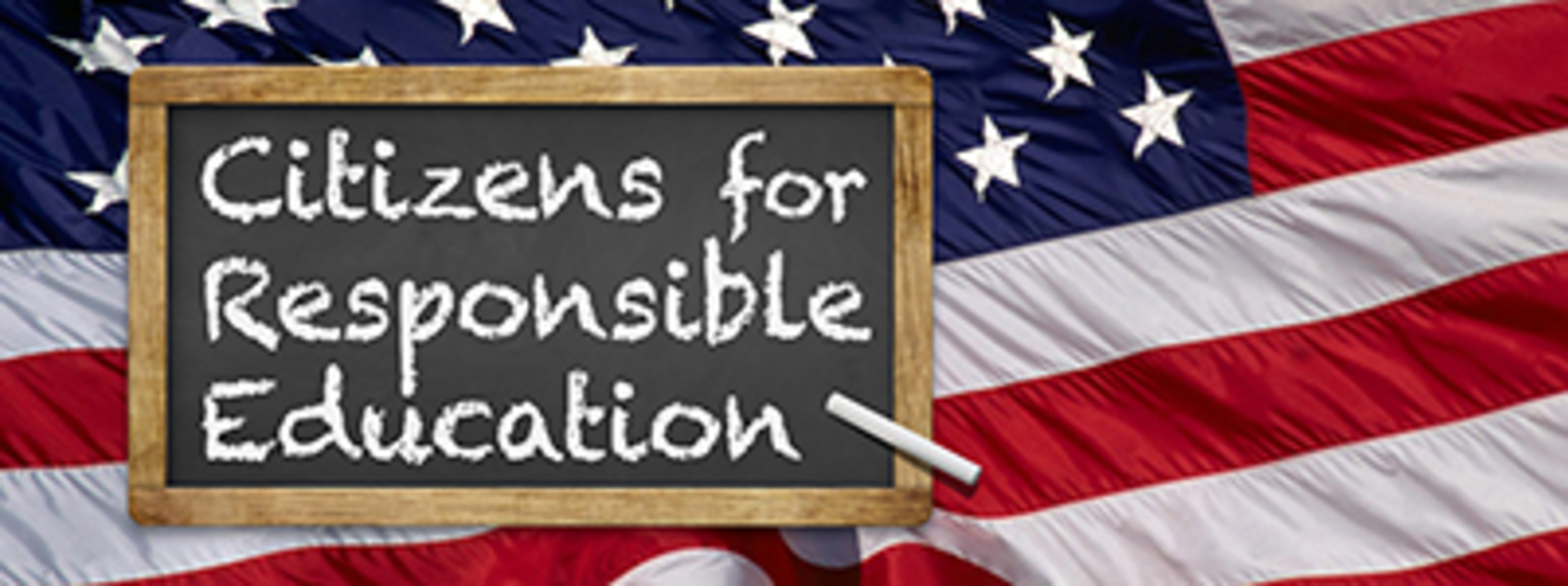
Diversity, Equity & Inclusion (DEI)
What is it?
Diversity, Equity & Inclusion is a teaching modality that forces integration and association among student populations while criticizing anyone who disagrees or chooses not to participate.
The term 'diversity' as it is used here does not refer to diversity in thought or competence, but rather diversity in physical or immutable traits, such as race, gender, culture, ethnicity, religion, age, disability, etc., none of which are legitimate measures of merit or academic performance.
'Equity' relates to the overall outcomes of a group, but not by emphasizing one child's individual excellence over another, rather by rendering equal all individual outcomes so as to homogenize the group and remove the unique differences arrived at by hard work, effort and perseverance. Equity seeks to dumb down the collective so that a comfortable middle ground is reached.
'Inclusion' as it is applied by DEI advocates is a cunning play on words meant to include all of those typically not included. Of course, this practice sounds great in theory as every parent wants their child to be included in group activities, but much like 'equity', this idea typically backfires by actually reducing classroom outcomes to the lowest common denominator. In particular, the academic performance of more competent groups suffers when inclusion is put in place.
Where did it come from?
The legislation of the '60s that allowed for Marxist theories to be applied to law is behind diversity, equity and inclusion. When women and minorities were allowed into the American workforce (also in the mid-'60s), we see an uptick in DEI programs, such as 'workplace diversity training.'
More recently, the proliferation of diversity, equity, and inclusion into not only public schools, but also workplaces has seen a sharp rise. For instance, between May and September of 2020, DEI-related jobs in the American marketplace saw a 123% increase over past years. In fact, the push for DEI initiatives appears to be coming from the top down, with powerful corporations like Blackrock and Vanguard insisting that all global companies in which they invest adopt these policies.
From the #MeToo movement to #BlackLivesMatter to #StopAAPIHate, any social movements based on forcing human integration ultimately fail and cause both internal and external destruction. One need only look to the cities where these social programs have been adopted to see evidence of this societal breakdown.
How can you spot it?
The terms diversity, equity and inclusion are easy to spot in public schools, as administrators and educators will often simply come right out and say it. However, parents and employees should be aware that DEI may also be disguised as one of its many other names: equality, diversity & inclusion (EDI); diversity, equity, inclusion and belonging (DEIB); justice, equity, diversity and inclusion (JEDI or EDIJ); and diversity, equity, access and inclusion (IDEA or DEAI).
Diversity, Equity & Inclusion (DEI) Deep Dive
What can be done about it? Get Involved.
1) Run for your local school board, city council or relevant committee.
2) Propose new policies or alter existing ones that eliminate childhood indoctrination (flag, sexual education & survey policies are perfect for this approach).
3) Report on the state of education in your local school. Capture videos of indoctrination in the classrooms, take photos or make copies of propaganda, including flags, posters, surveys and flyers and share with other parents/caregivers who may not be aware of what is happening in your school district.
4) Engage with like-minded communities across social arenas to share information/build awareness.
Contribute, Volunteer, Attend an Event, or Contact Us to work with our group directly.
